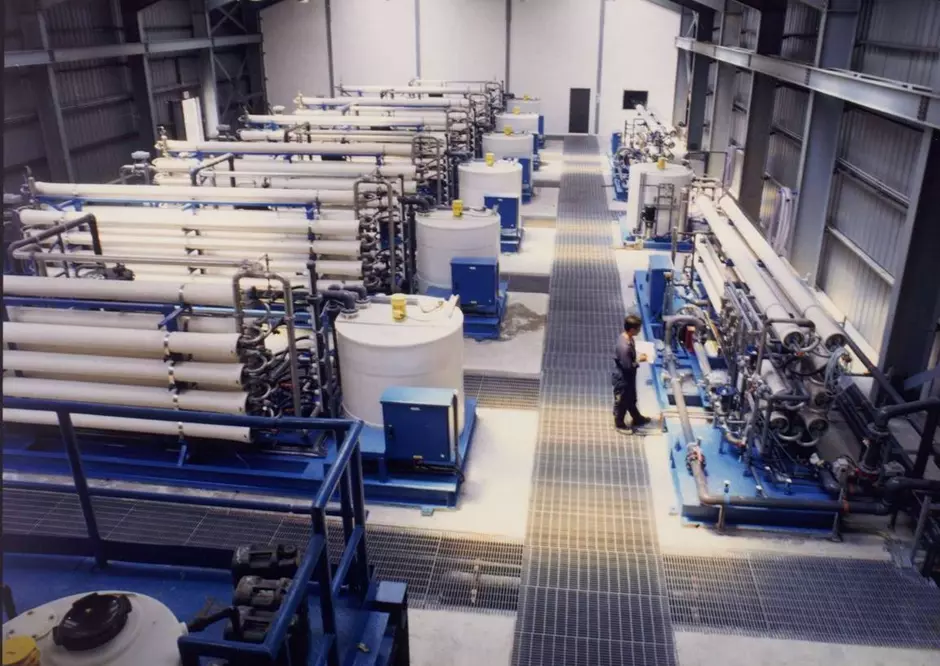Client: Pagbilao Power Station
Process: Reverse Osmosis
Country: Philippines
Contract Description:
Design/Supply/Commission S.W.R.O. station.
Contract Value: US$ 4.25 million
Contract Date: April 1996
Contract Completed Date: May 1997
Capacity: SWRO 4,002 m³/per day
2nd PASS SWRO 2,400 m³/per day
Sea Water Conversion: SWRO 35%/2nd PASS S.W.R.O. 90%
Sea Water Feed Quality:41,936 mg/l (tds)
Fresh Water Output Quality: SWRO < 430 mg/l (tds) / 2nd PASS SWRO < 20 mg/l (tds)

Project Description:
The project was for the design, supply and commissioning of Seawater reverse osmosis station for the Pagbilao Power Station in the Philippines
Project Scope:
The R.O. plant comprises of six independent trains, each fitted with 54 spiral wound type membrane elements. Filtered water is supplied to the R.O. membranes
Process Description:
Seawater is taken from the cooling water intake to the power station and pumped through downward flow type pressure vessels filled with a dual filter media of sand and anthracite. Initially a manual operation, auto backwashing was retrofitted at the clients request. Final filtration upstream of the R.O. trains is provided by an array of cartridge filter vessels.
The R.O. plant comprises of six independent trains, each fitted with 54 spiral wound type membrane elements. Filtered water is supplied to the R.O. membranes by high-pressure multi-stage centrifugal pumps. The membranes convert 35% of the sea water into fresh water, the remaining water is rejected as brine. This sea water reject (brine) is used to operate turbine driven pumps that are positioned in series with the high pressure pumps, thus allowing the recovery of energy which would otherwise be lost.
The 2nd pass R.O. trains are fed from the S.W.R.O. skid product storage tanks, each fitted with 42 spiral elements giving a 90% recovery.


